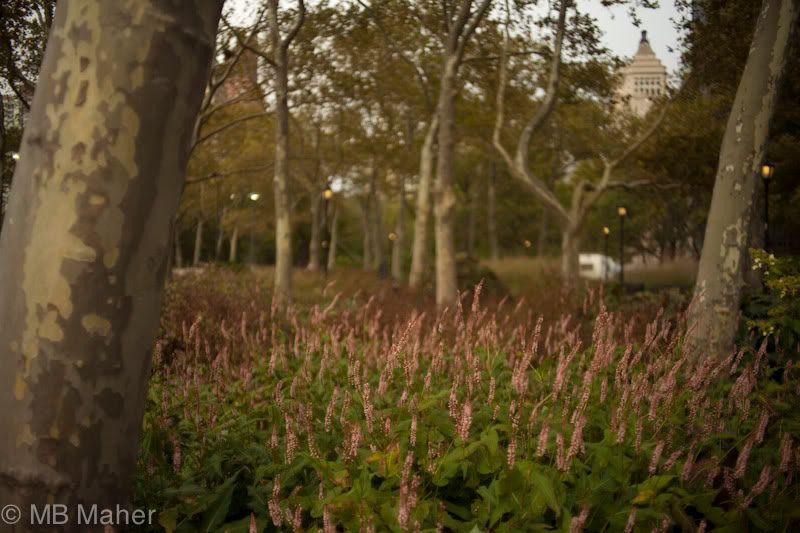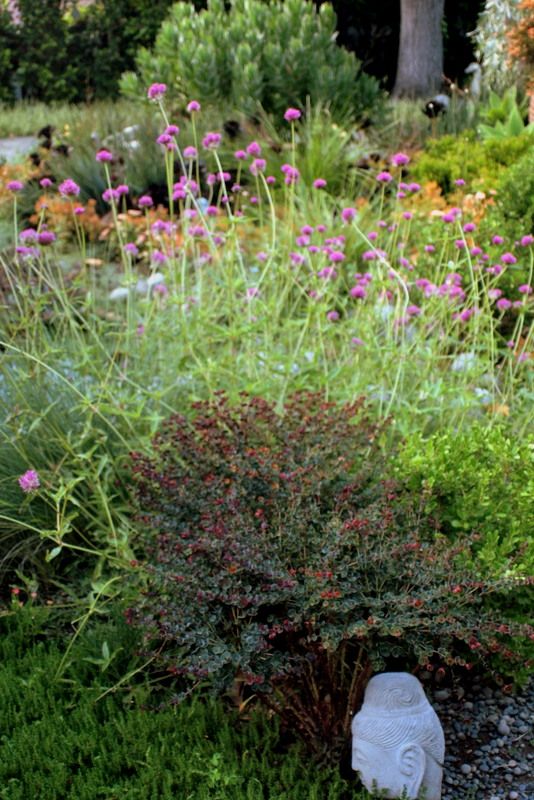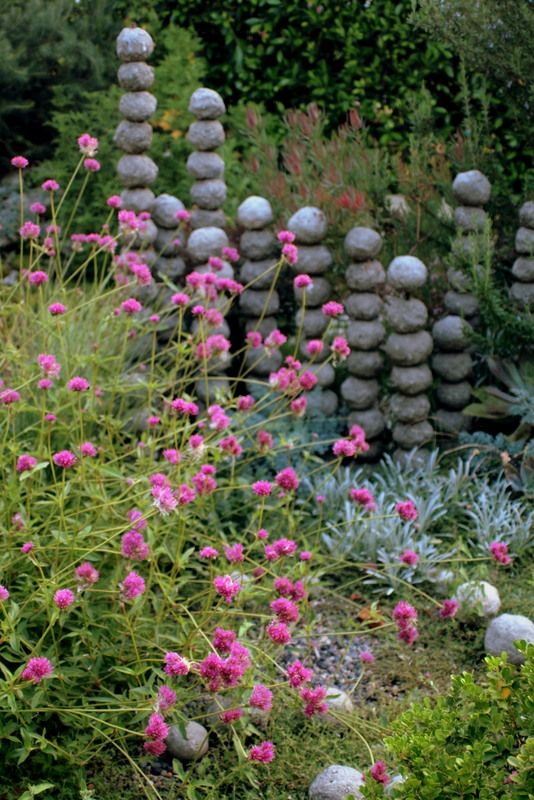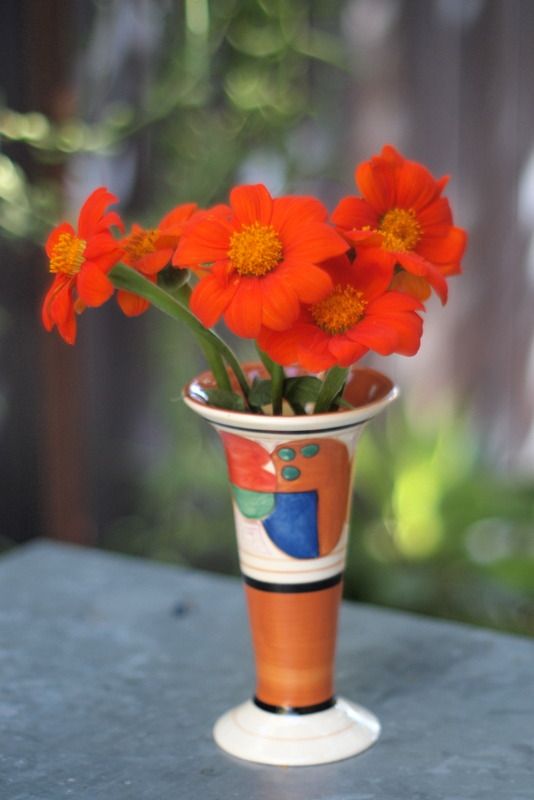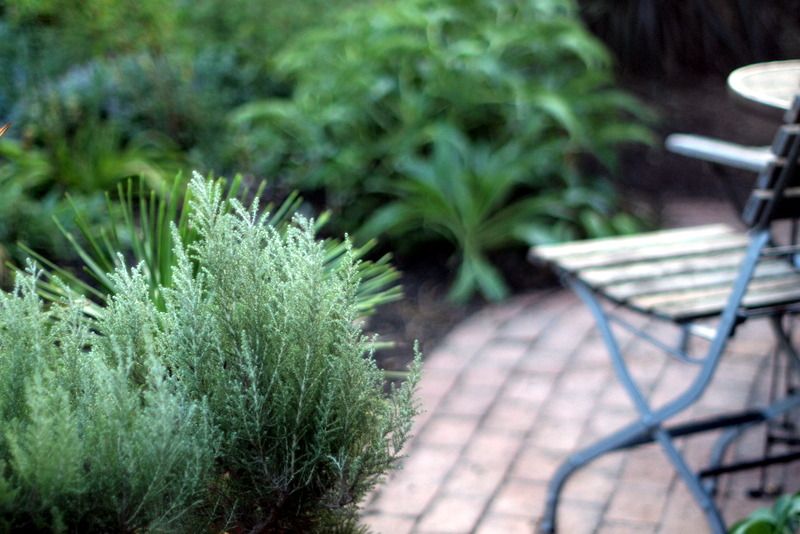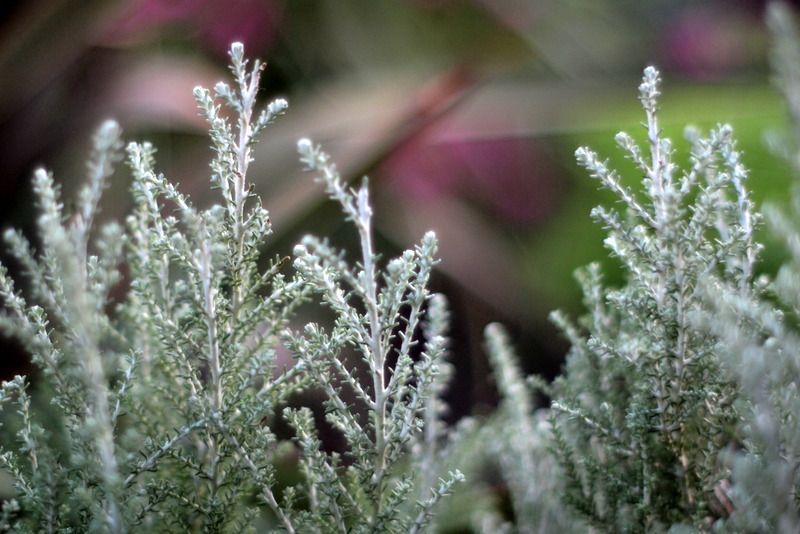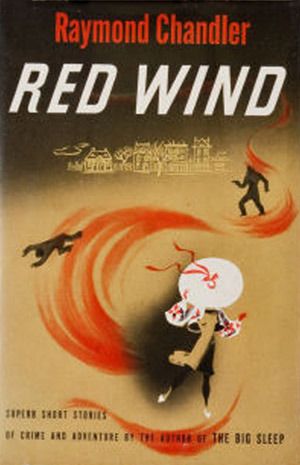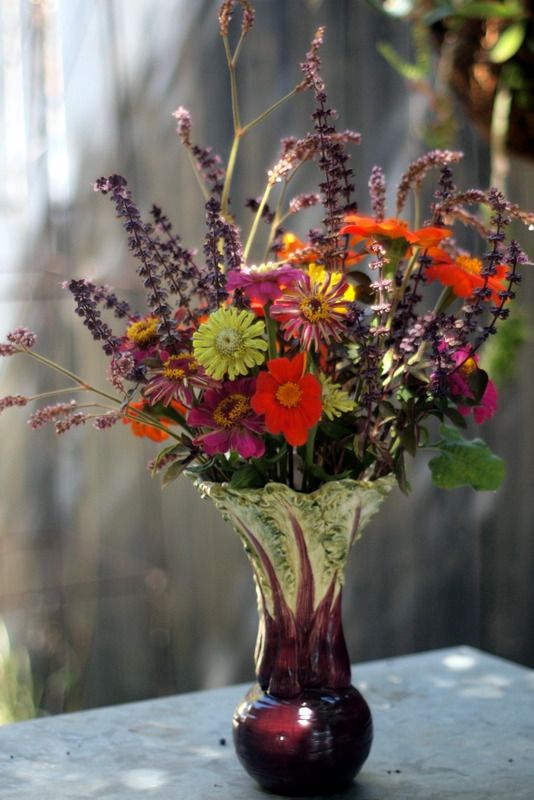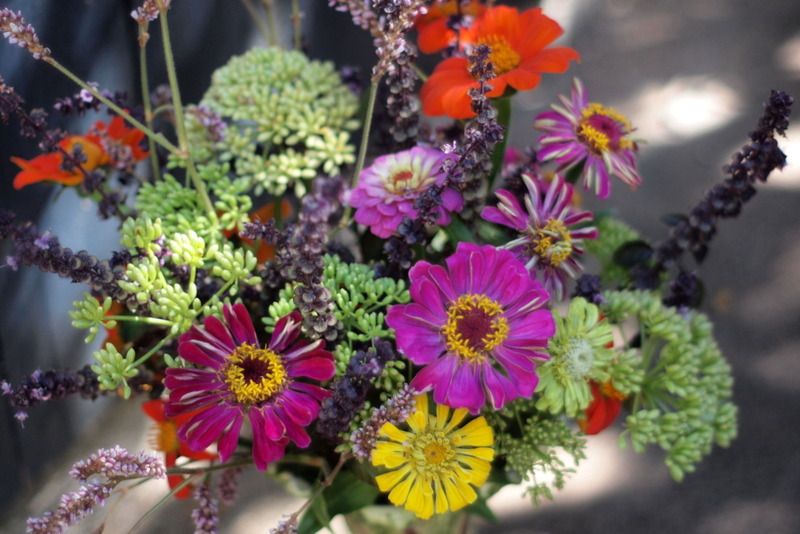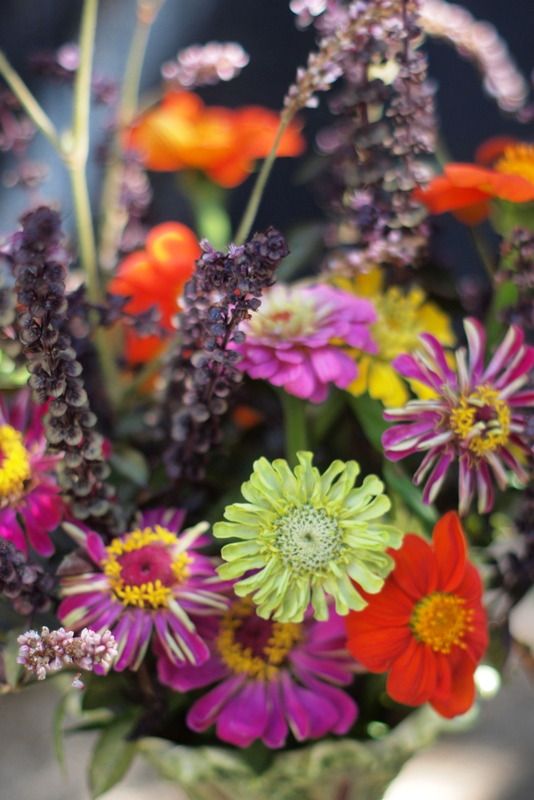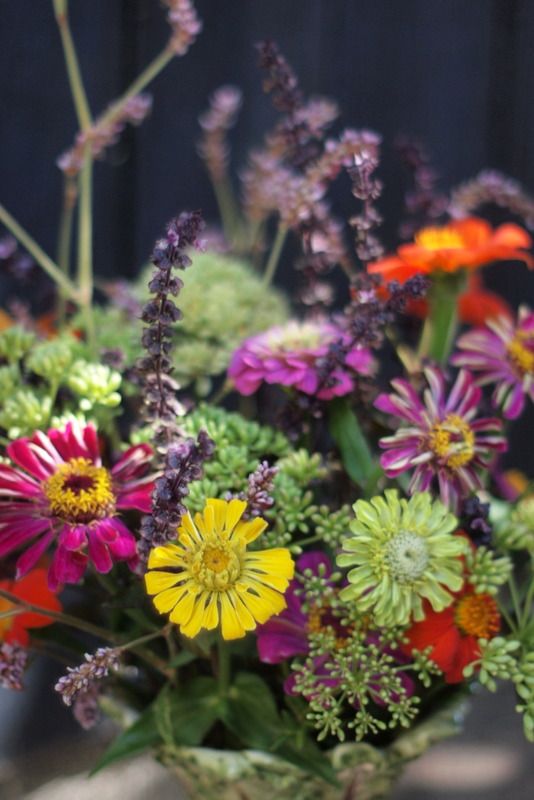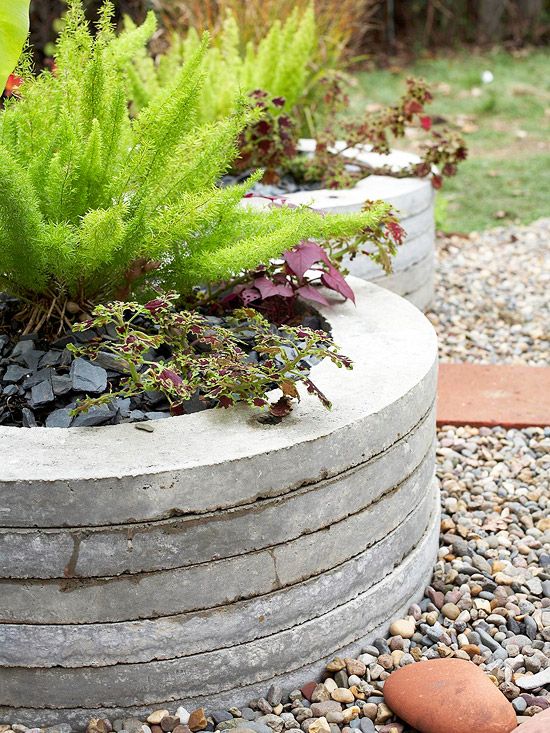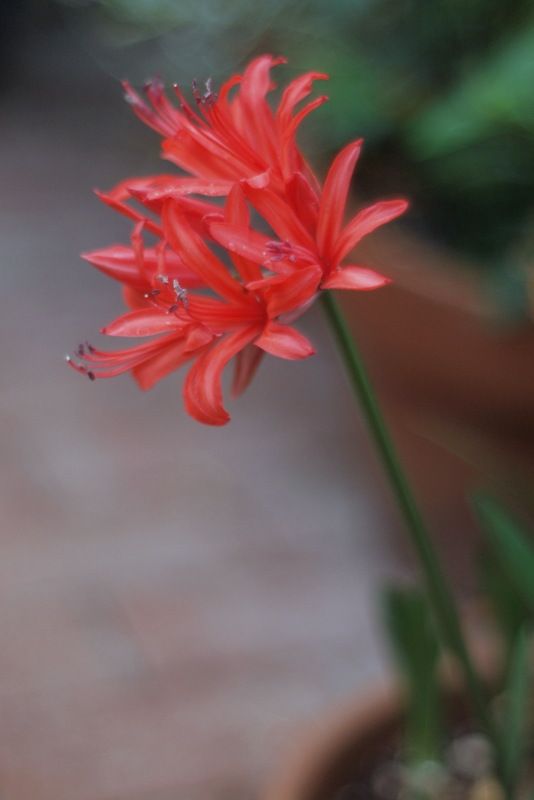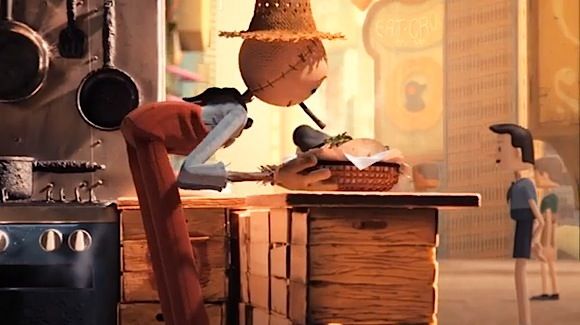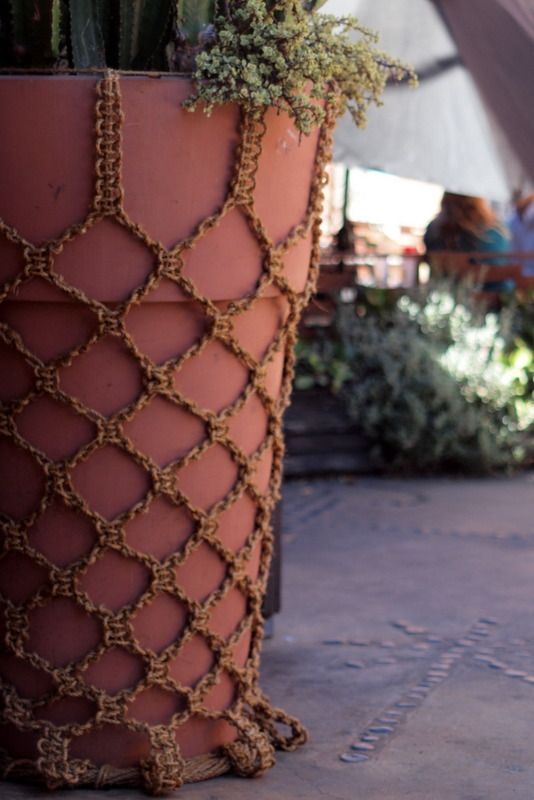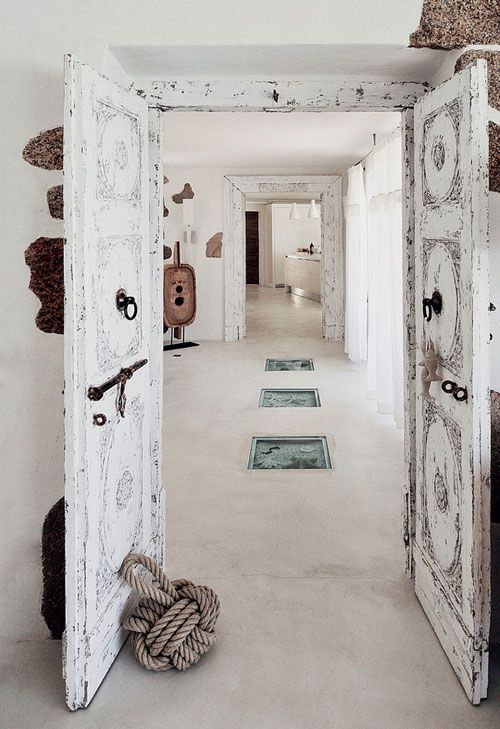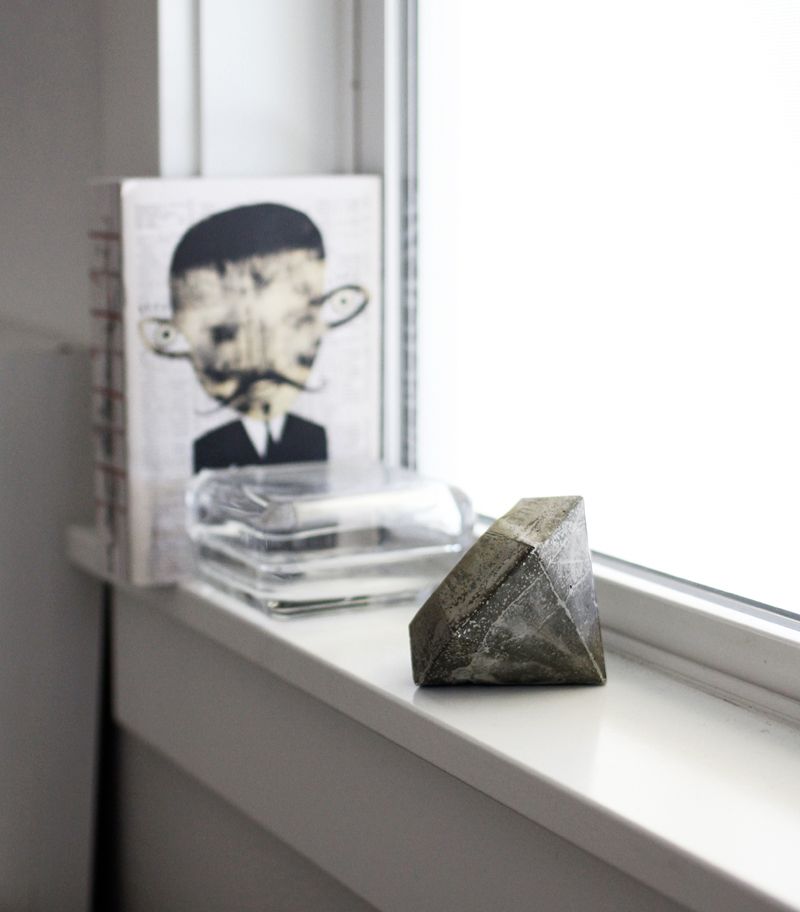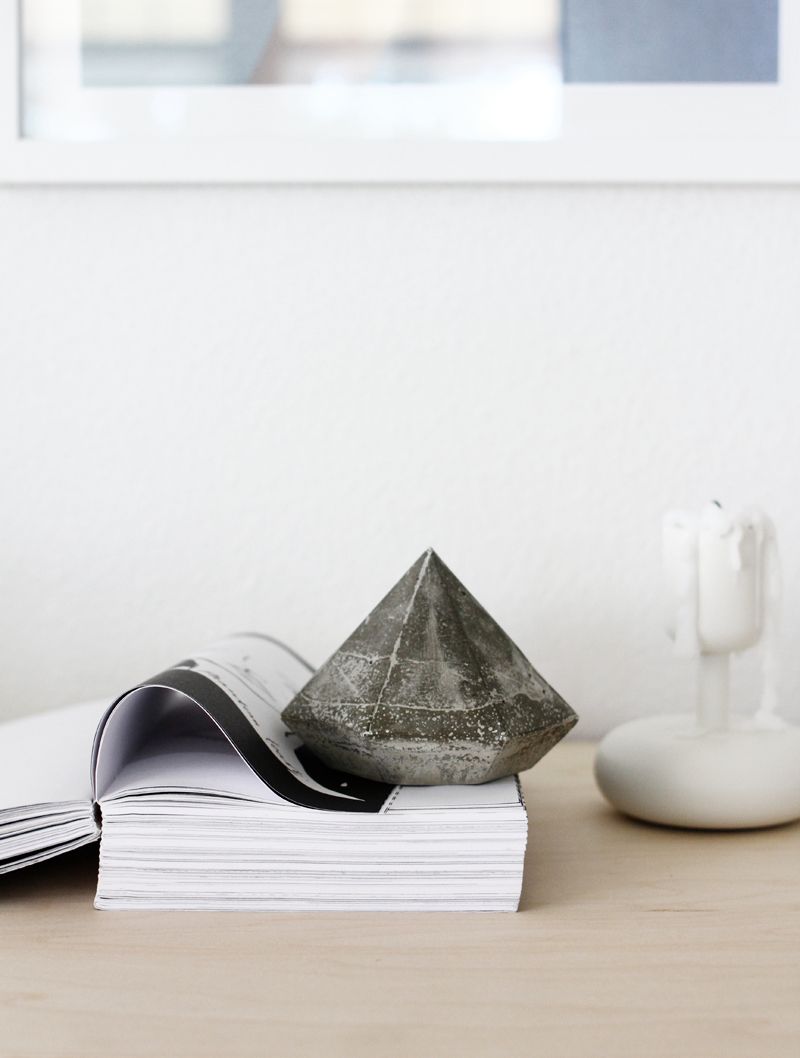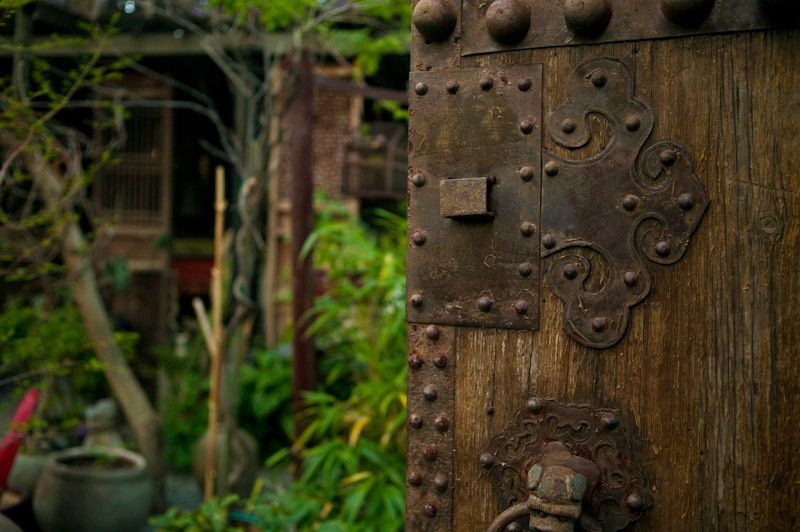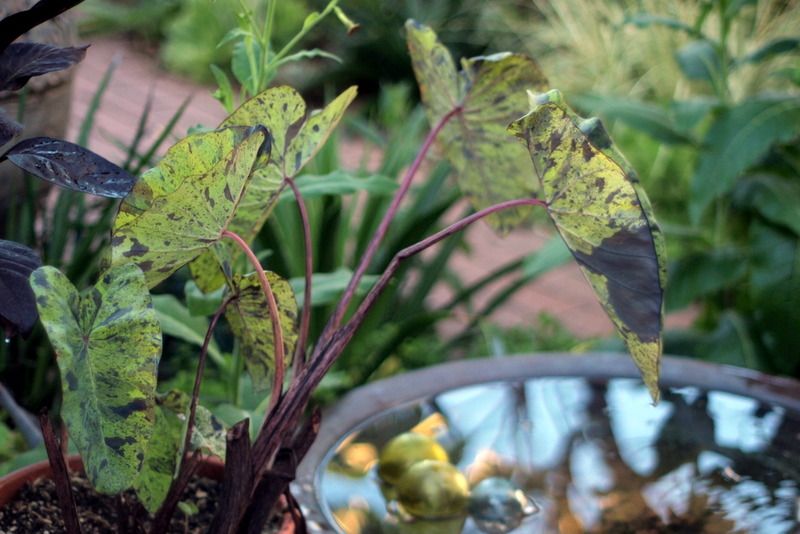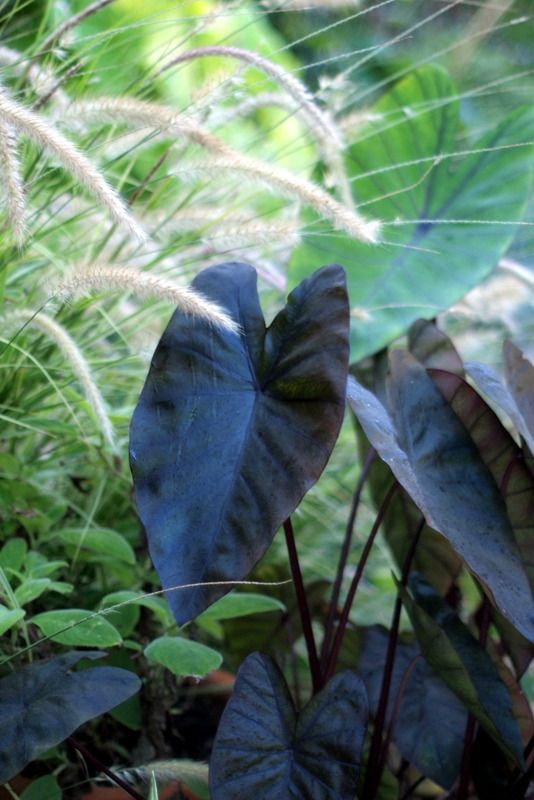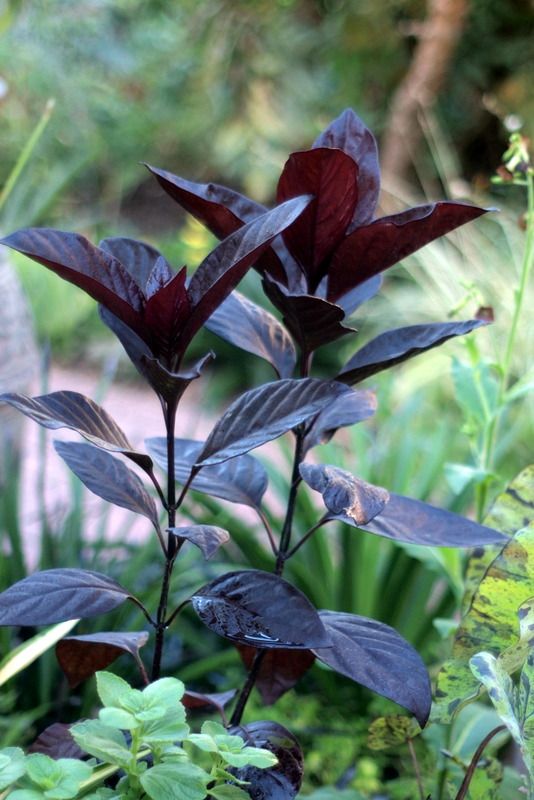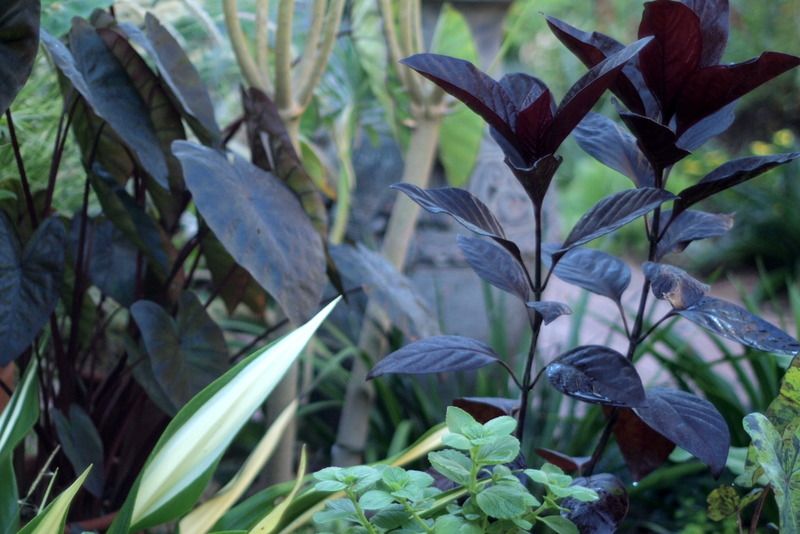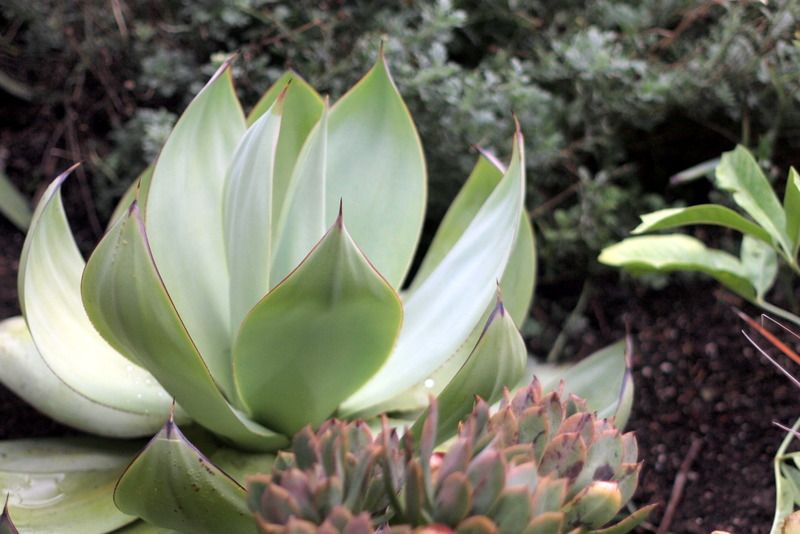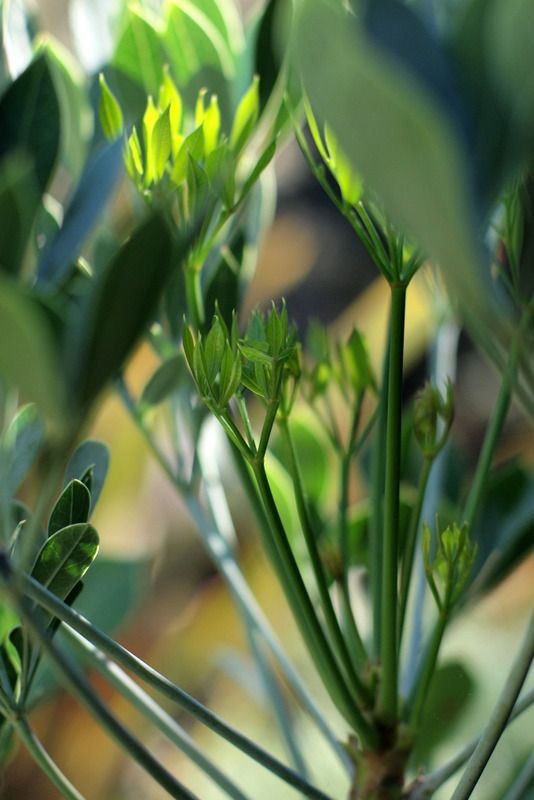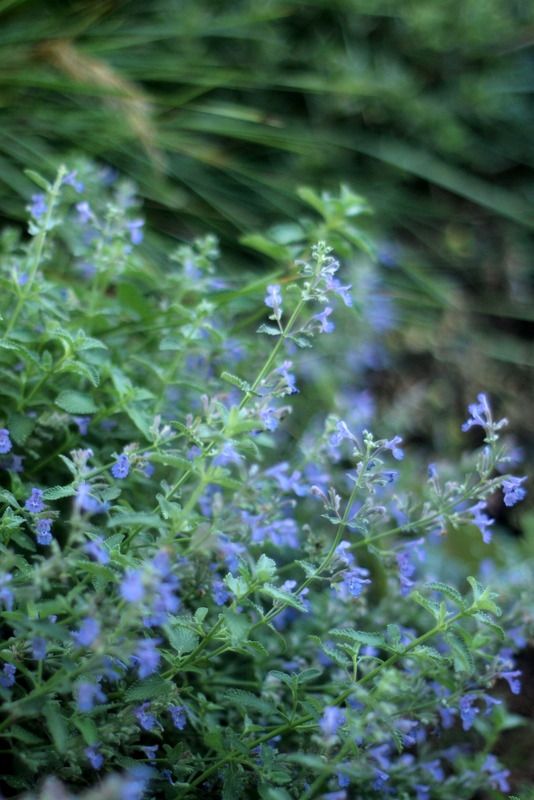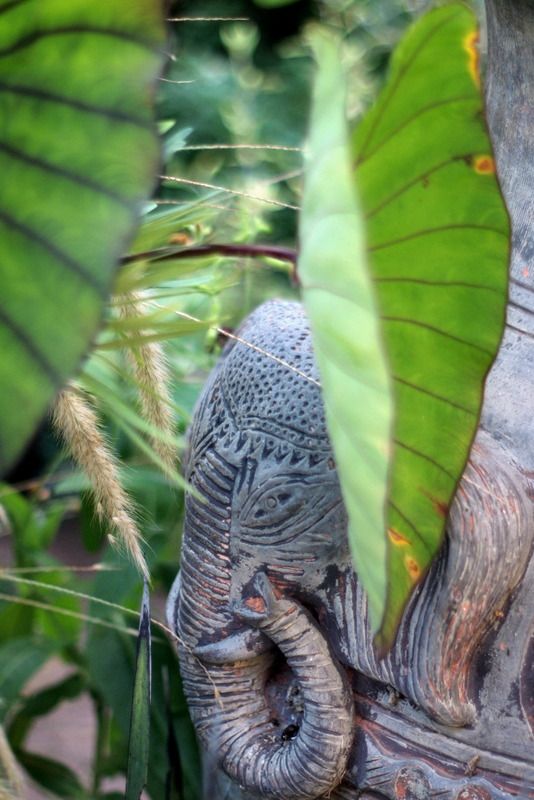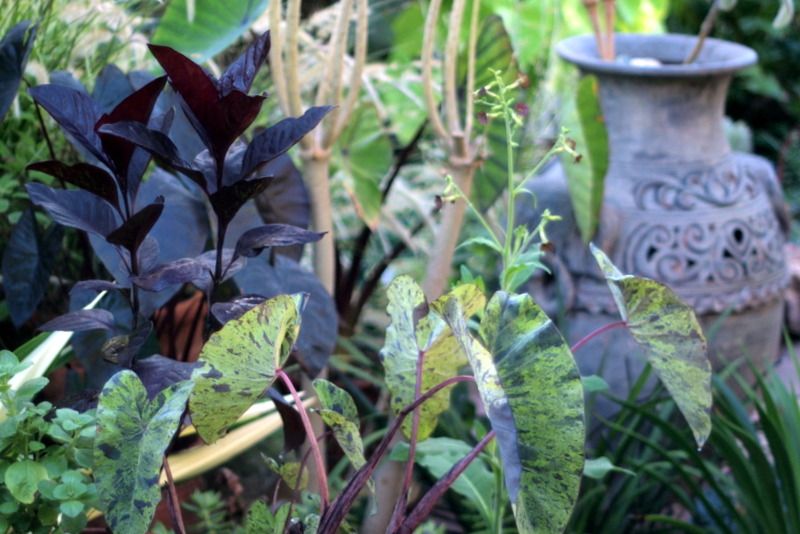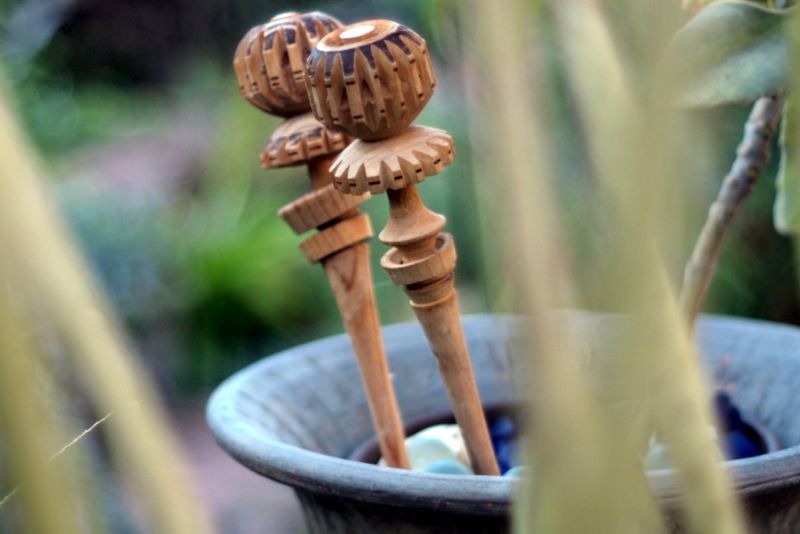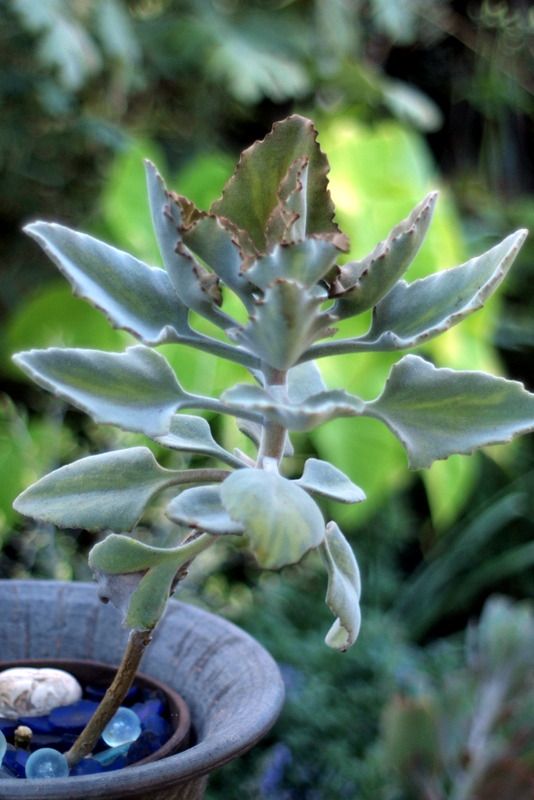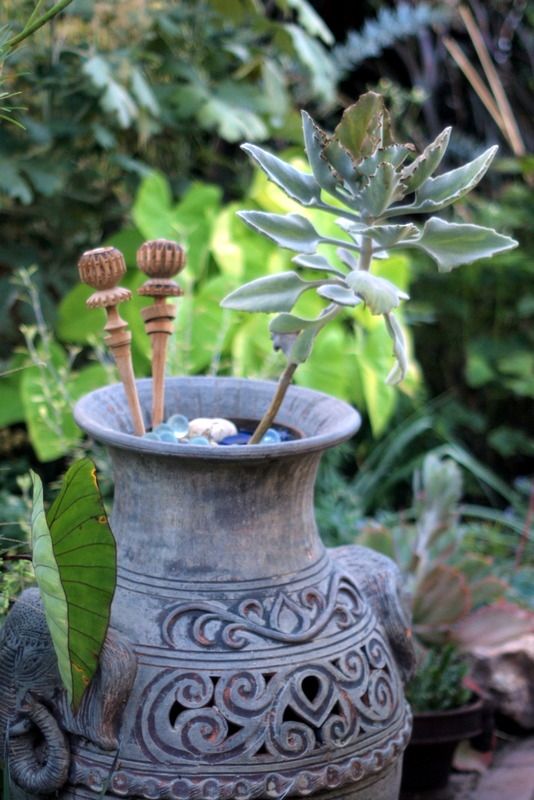What to make of this impulse to create gardens? Most of my ruminations are done leaning on a shovel, or moving a pot inches to the left and wondering why in the world it matters. One of the few constants throughout my life has been making gardens with the single-mindedness of the bowerbird making his bower. Confronted by the idiosyncratic, highly personalized creations of the bowerbird, evolutionary biologists tell us that the bowerbird is, despite all extraordinary outward appearances, simply attracting a mate. So why do I do it, make gardens? Is it all just useless beauty? I fitfully pick up, examine, then put these questions back on an increasingly dusty mental shelf, which is why it’s been so exciting to have Natural Discourse’s co-curator, artist and garden designer Shirley Watts, continue to gather together artists and scientists whose life work is their ceaseless examination of these questions. Natural Discourse provides the unique, multidisciplinary platform for them to tell an eager audience what they’ve discovered — a sold-out audience filled with familiar names such as Saxon Holt, Marion Brenner, Cevan Forristt, Flora Grubb, and Richard Turner.
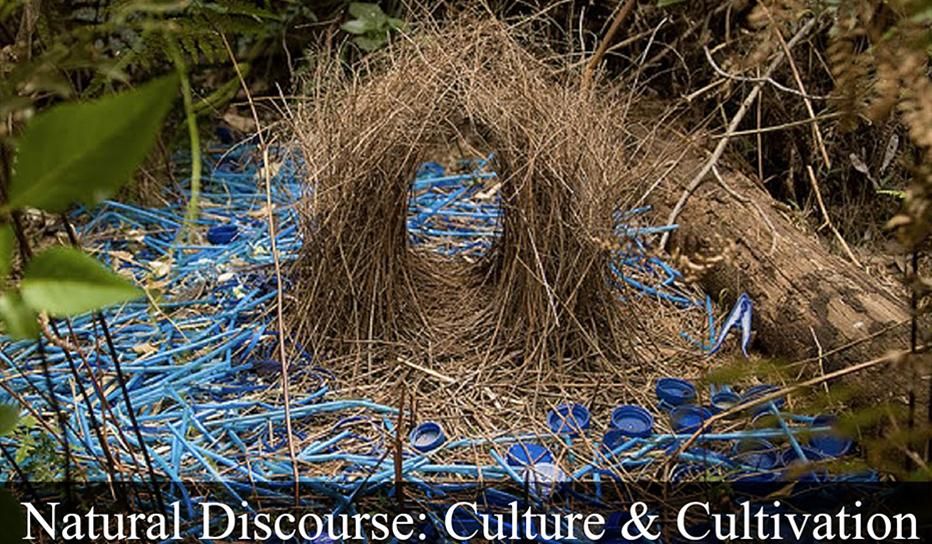
Photo: Bower of satin bower bird. David Rothenberg from his book ‘Survival of the Beautiful’
Last Thursday at the Berkeley City Club was a full day of talks by a remarkably diverse group of speakers, each in their own way interested in the “cultivation of appearances,” the “aesthetic imperative,” in Robert Pogue Harrison’s words.
Plant biologist/evangelist and Emmy-award winner Roger Hangarter started off the day placing plants squarely at the fountainhead of all life, and not the inert, sedentary green wallpaper that many see, but surprisingly full of movement and communicative ability via, for example, chemicals. (Some of his heart-stopping time-lapse work can be seen here.)
Margaret Morton, in her photographic studies of the impromptu gardens of New York’s homeless, spoke to the enduring human impulse to make gardens even when basic survival is hardly assured.
Artist Mary Jo McConnell described how she “found a group of artists that live and work in the cloud forests of New Guinea — these artists are birds. The creature that has become McConnell’s obsession, luring her back around the globe, year after year, is known as the Vogelkop Bowerbird.” (Frontline.)
Alice Miceli‘s Chernobyl Project attempts to depict what can’t be seen, the radiation that poisons the abandoned landscape that humans fled after the meltdown of the infamous reactor No. 4. Her astonishingly brave objective is to “create a radiographic series of images of the Chernobyl Exclusion Zone depicting the most affected regions…These stunning images are imprinted by the invisible radiation that has contaminated the area since the disaster on 26 April 1986.” Gardens won’t be planted again within a 30-kilometer radius of reactor No. 4 for at least 800 years.
The least image-intensive talk was Prof. Harrison’s, which makes references easier taken out of Thursday’s context. Addressing the inherently bleak, pessimism-inducing view of plants and animals by evolutionary biologists as “survival machines” that “appear in order to survive,” Prof. Harrison calls on witnesses like zoologist Adolf Portmann, in his work “Animal Forms and Patterns: A Study of the Appearance of Animals,” to counter that, conversely, perhaps we “survive in order to appear.”
Without denying the role of function, Prof. Harrision finds that Portman’s work points to the “astonishing richness, variety, and sheer superfluity of the forms of animal and plant life on earth, [and] he suggests..that the external appearance of species is not there to promote life processes but, on the contrary, life processes exist in order to enable appearances; that living things do not appear in order to survive but survive in order to appear.”
And, Prof. Harrison continues, if we “do not appear in order to survive, but survive in order to appear, then the first point I’d like to make is that gardening is a human activity that conspires with the inner urge of living genes to appear. Why? Because by working the soil in which plant life takes root, gardening cultivates appearances.” Gardens provide “a special stage that puts into relief the self-display of living things, including ourselves, human beings.”
Prof. Harrison suggested that there must be two truths, or a duplex veritas, to account for both the functionalistic view that evolutionary biology holds regarding the multiplicity of forms and color that surround us, and a mysterious “aesthetic imperative” that colors the tips of hummingbird wings with a gratuitous subtlety and nuance. This is the “sheer abundance of spectacle and appearance” that mesmerizes all who make gardens. “It is indeed as if everything that is alive has an urge to appear,” said Prof. Harrison, and he quoted philosopher Hannah Arendt:
“Whatever can see wants to be seen, whatever can hear calls out to be heard, whatever can touch presents itself to be touched.”
Okay, maybe all the charm and wit gets scrubbed out when I tell it. You just had to be there. Hopefully, there will be more Natural Discourse events to come.
